The shuttering effect from social distancing prompted by the coronavirus has led many of us to reconnect with nature. As a result, new faces now behold the beauty Mother Nature has bestowed upon Lancaster County. But, even before the country was thrust into a state of national emergency, a groundswell of interest in our environment had been gathering steam in Lancaster County. For one organization, the movement has been a half century in the making.
This year marks the 50th anniversary of the Lancaster Conservancy, the entity determined to provide our community with wild and forested lands and clean waterways … forever.
“We were founded by hunters, anglers and naturalists who wanted to make sure there was forested, natural lands here for the public to enjoy in perpetuity,” says Fritz Schroeder, senior vice president of community impact at the Conservancy.
The Conservancy’s mission follows three principles focusing on land, community and water. The goal is simple: purchase and protect land suitable for sustainability and recreation, engage with and educate the public, and clean our local waterways – for today’s use and for the benefit of future generations.
The goal is simple, but the effort is big.
Lancaster Conservancy by the numbers:
• 7,200+ acres protected
• 2,300 Conservancy members
• 540 volunteers steward the preserves
• 365 days a year preserves open
• 68 conservation easements
• 46 nature preserves
• 40+ miles of trails
• 27 municipalities with preserves
• $0 the cost to use preserves
(Protect) LAND
“The number-one guiding principle behind our organization is to protect as much of [Lancaster County’s] forested land as possible,” Schroeder says and further explains the Conservancy’s unique approach to purchase land outright to ensure its future protection. “We have a pretty unique model compared to land conservancies around the country. A lot of times, conservancies will just ease the land and it will remain privately held and not open to the public.”
The Conservancy manages 46 nature preserves and 69 conservation easements around the county, making up more than 7,000 acres. Once the land is protected, the Conservancy’s Stewardship Team undertakes a deliberate and time-consuming process of incorporating the new land into an overall management plan. The result is an investment in infrastructure (parking, signage and trails), which allows visitors to explore the preserves while protecting water quality and critical habitats for birds, insects and other wildlife.
Trout Run, with its off-the-beaten-path appeal and streambank access, is Schroeder’s favorite preserve. Located off Stump Road in New Providence, Trout Run offers 2.2 miles of multiple looping trails – ranging from moderate to difficult – as they wind through a heavily wooded ravine. There’s an old railroad tunnel at the north end and outcrops of schist bedrock protrude from the landscape. Another advantage to Trout Run is its connection to wildflower-rich Steinman Run, enabling visitors to access two sets of trails from one parking lot.
“There are many benefits to preserving natural land and I think now more than ever people are really starting to understand that,” he says.
(Engage) COMMUNITY
Helping people realize the importance of land preservation and foster appreciation is the second pillar in the Conservancy’s mission. The organization hopes to expand its natural holdings and create a flourishing environment. Interior forests support a special habitat teaming with birds, insects and other wildlife while fostering the growth of natural flora. By inviting the community to workshops, hikes and other events, the Conservancy spreads this knowledge and educates all ages.
“We’ve also been developing a robust volunteer program,” Schroeder says. “We host over 20 work days every year where volunteers come out and interact with our stewardship crew and actually help maintain our preserves.”
One of the culminating evenings of the Conservancy’s community outreach efforts is the Save Woods & Water party held at LUCA during the Extraordinary Give in November. The open-house-style event combines local libations (from the likes of St. Boniface Craft Brewing Co.) with food from one of the premier restaurants in Lancaster. “We combine community engagement with a little bit of fundraising and a lot of education,” Schroeder says.
(Clean) WATER
The Conservancy’s biggest events focus on Water Week, which is part awareness campaign and part community festival focused on clean streams and rivers. Normally held in June, this year it will take place August 7-15.
Lancaster County is home to 1,400 miles of rivers and streams, half of which are impaired or polluted. This county is the largest polluter of nitrogen, phosphorus and sediment to the Susquehanna River, which in turn is the largest polluter to the Chesapeake Bay.
“It’s a problem we have caused and it’s a problem we can solve. With focused direct attention in the next 20 years, we could actually clean our streams and rivers,” Schroeder says, stressing the Conservancy is not the only entity focused on correcting these issues. “The Conservancy is just one partner amongst many who are addressing the issue of clean streams and rivers.”
During Water Week, a slew of organizations, businesses and individuals come together to host gatherings, seminars and other events. In 2019, Water Week attendees could do everything from attend a presentation at Millersville University about visionary ecologist Dr. Ruth Patrick, whose 1948 Conestoga Study was a breakthrough in freshwater science, to gather the family at a clean streams farm tour of Oregon Dairy, complete with a BBQ picnic dinner. There’s biking, hiking and running events, stream cleanups, First Friday activities, lectures and more. I signed my school-aged son up for snorkeling in the Conestoga River at Poole Forge!
Going into Water Week’s fourth year, the success and participation by the public has exceeded the Conservancy’s expectations and Schroeder credits business partners who have stepped up to make monetary, physical and logistic contributions.
“MY” PRESERVE
The popularity of the Conservancy’s preserves exploded this spring. In a statement issued by President Phil Wenger on March 24, he noted, “An interesting thing has happened! Thousands of people descended on our preserves … escaping into the woods for the ‘Nature Rx’ we’ve been inviting them to take advantage of for years. Our small preserve parking lots were often overflowing. People were desperate to find something to take their minds off of the anxiety-inducing cascade of negative headlines.” The influx of visitors caused the indefinite closure of the parking areas and River Road access to Tucquan Glen and Pyfer nature preserves in the Southern End.
The preserve I visit most often is the Welsh Mountain Nature Preserve. The easy to moderate trails (sometimes rocky) centered around a 2.4-mile loop offer wonderful walks in the woods for all fitness levels. There’s even a half-mile, fully forested universally accessible trail. A few connecting trails lead to the adjacent Money Rocks County Park.
“It’s one of our favorite preserves. We have a great relationship with the municipality and great neighbors. It’s a real success story for us as it is our single-largest preserve by acreage,” Schroeder says.
Along the trail visitors can spot wild azaleas and low-bush blueberries. The highlight of Welsh Mountain is the scenic overlook. From one of the highest points in the county, hikers who take the short but steep, white-blazed trail to the overlook can enjoy a wonderful view of East Earl and Carnarvon townships’ fertile fields. Access to the parking lot and trailhead is at 835 Gault Road, East Earl. Happy hiking!
For more information about the Lancaster Conservancy, visit lancasterconservancy.org.






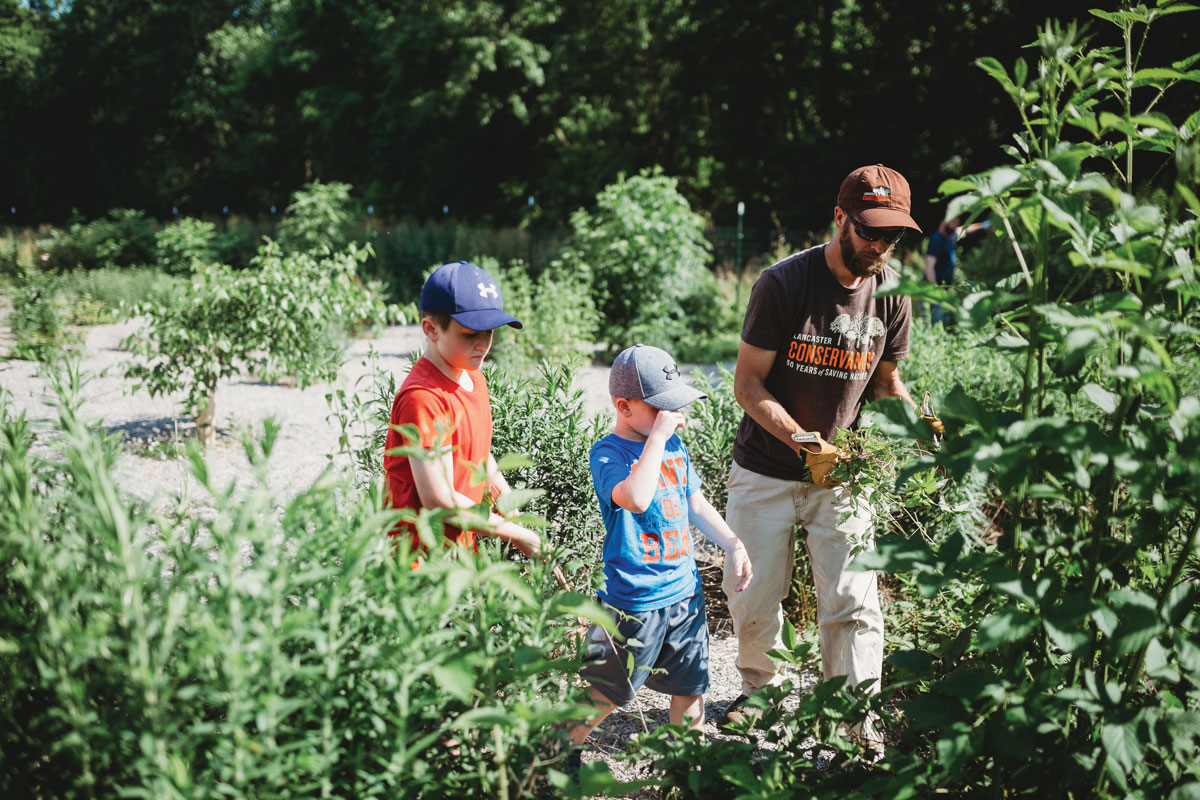
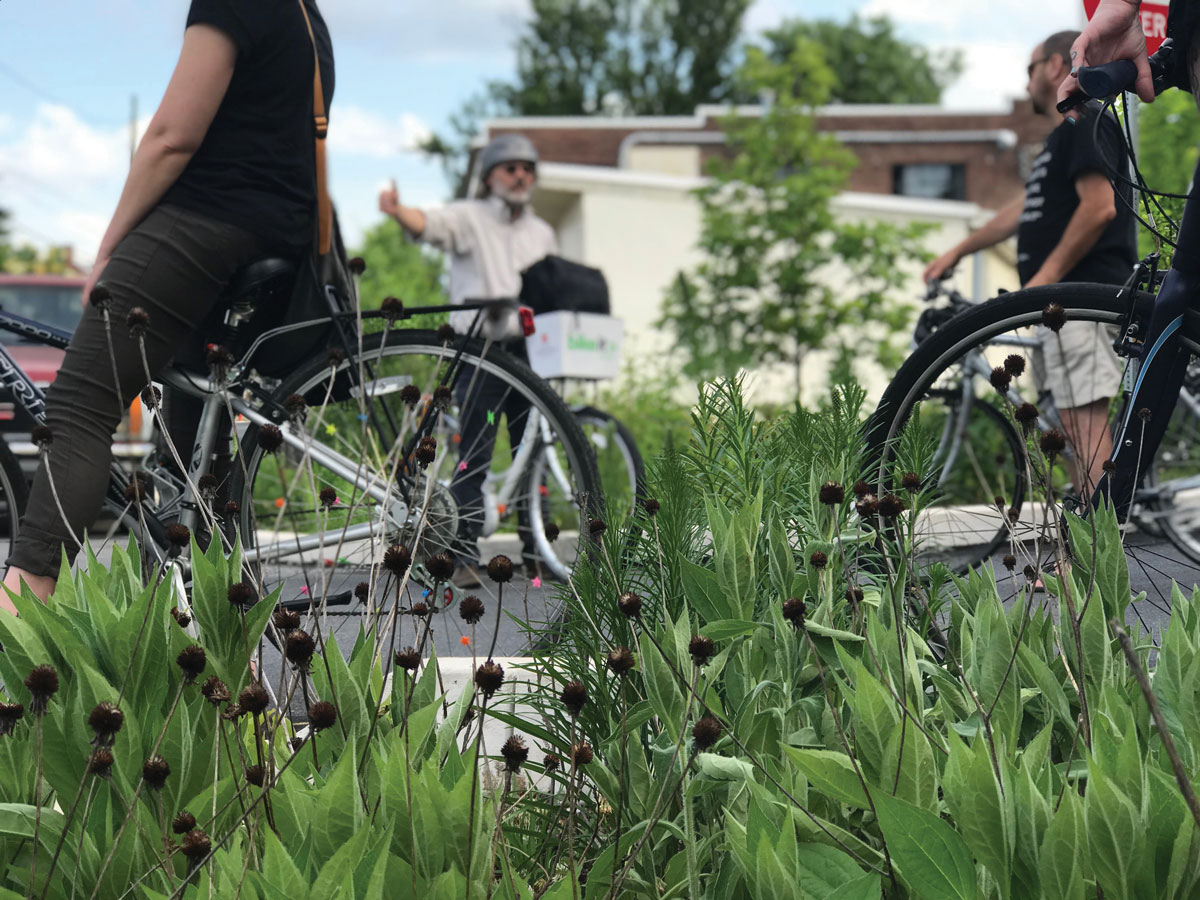
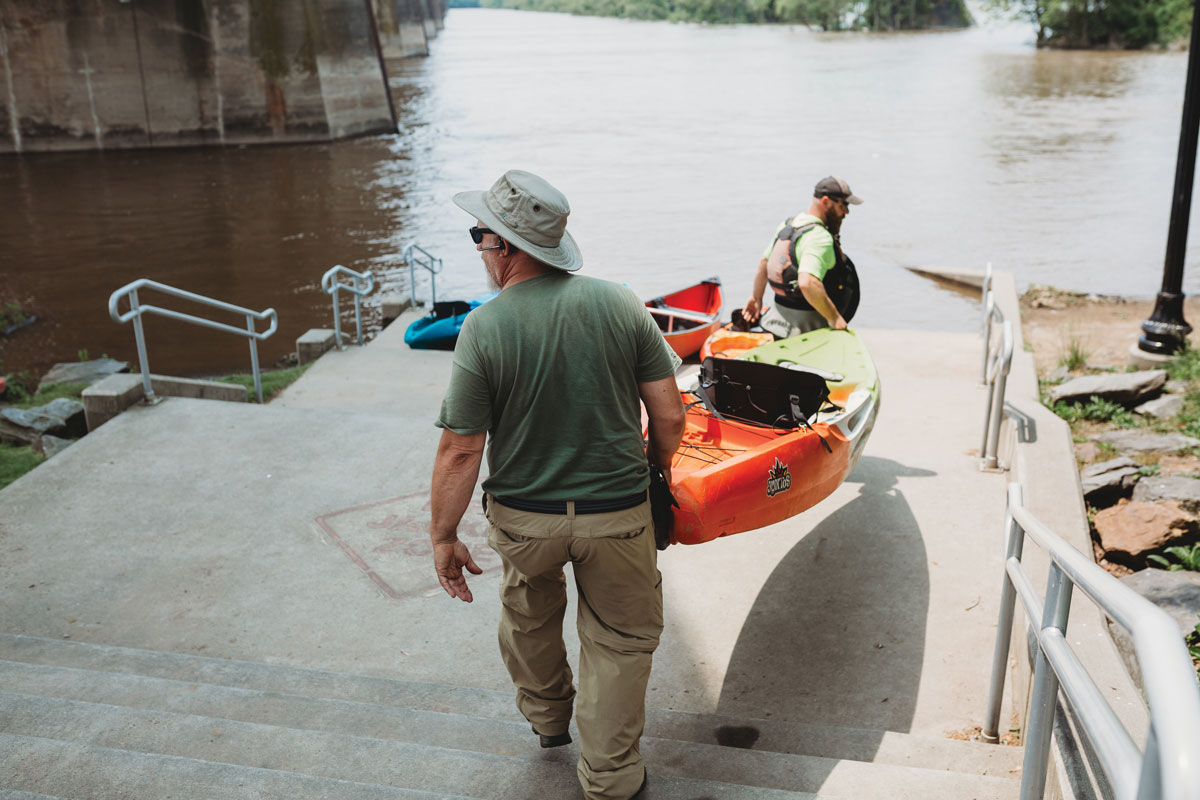
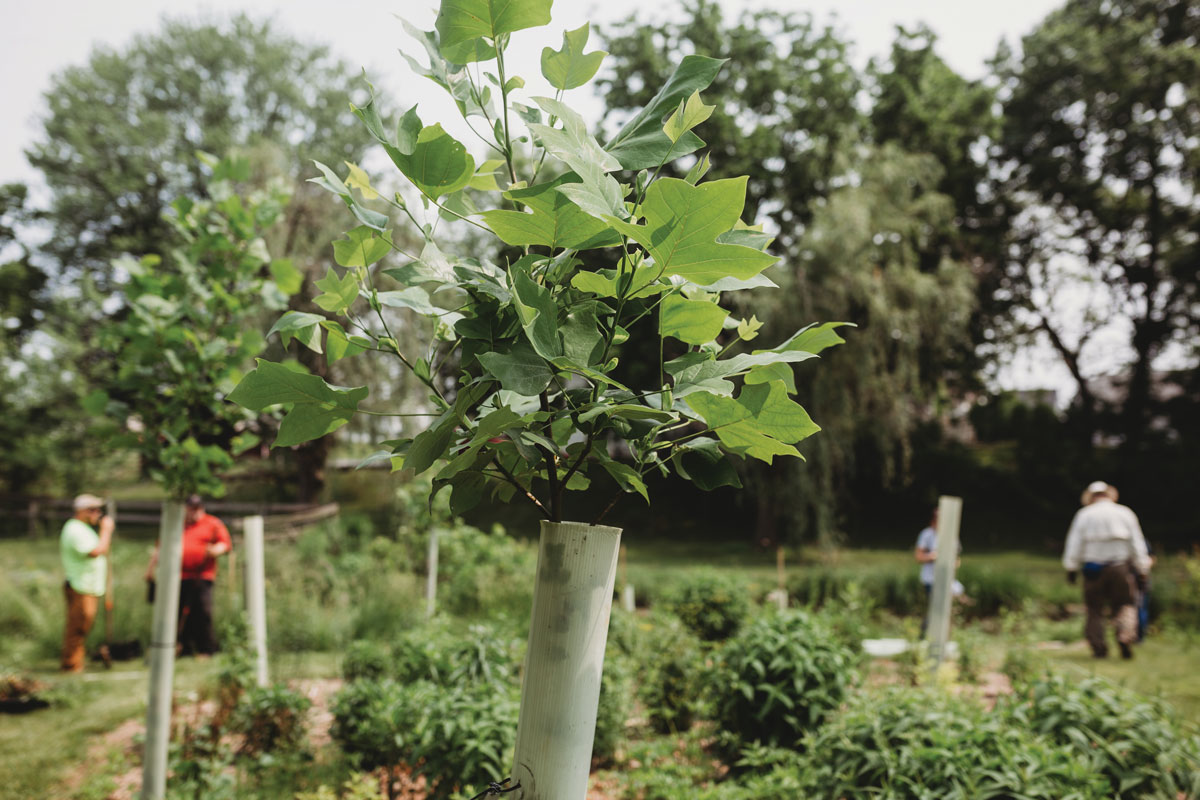
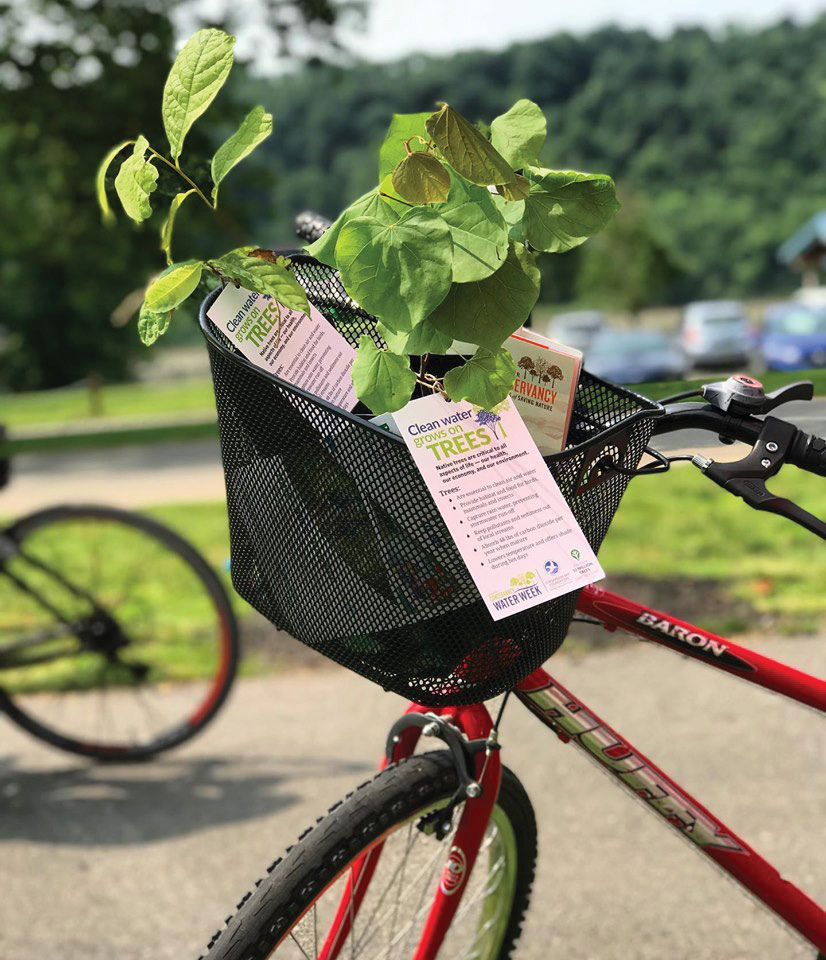
Thank you for this excellent overview of The Conservancy’s work. This Covid-19 crisis, has caused most of us to look at our planet, our lives and environment in new ways. We are all interdependent and our natural world needs our support to sustain life, now more than ever. Once things open up again we invite all of you to experience a hike, the best way to lower stress and anxiety in a time of so much uncertainty.